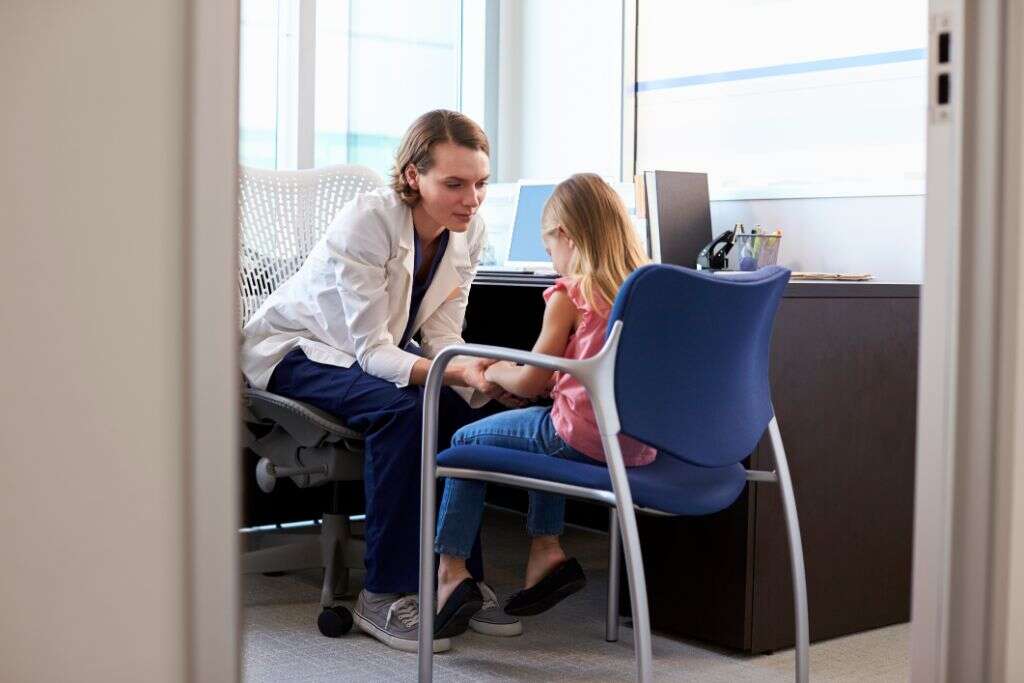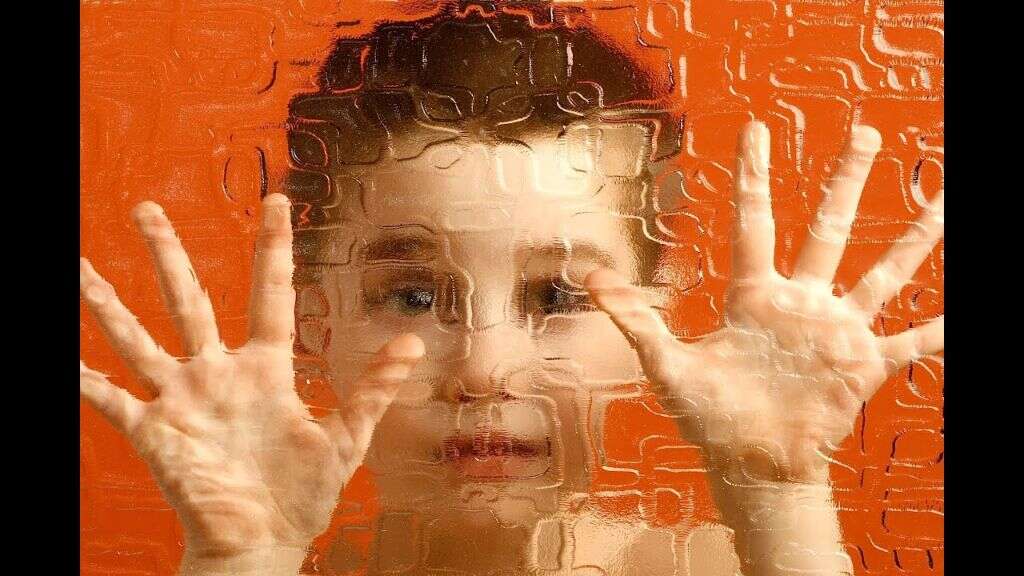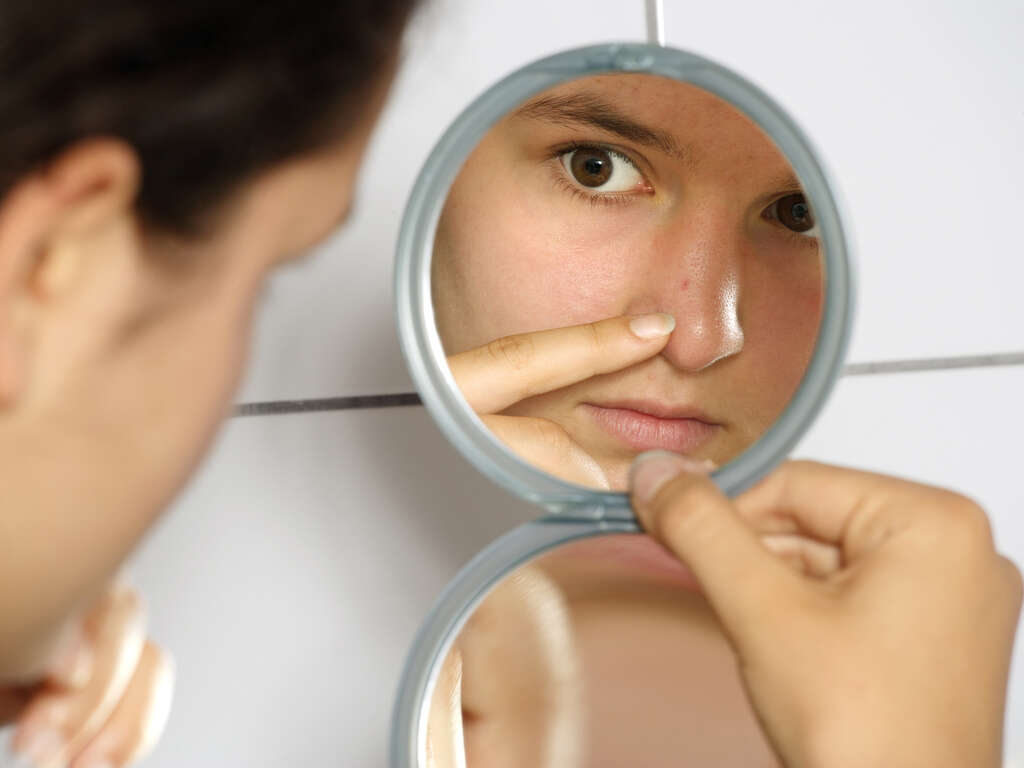What Is Conduct Disorder?
Learn more about this disruptive emotional and behavioral disorder and how it affects children and their families. Conduct disorder causes a serious pattern of behaviors and emotions. Explore the common causes, effects, treatment options and prevention strategies today.
The most common issues related to conduct disorder are violent behaviors and defiance. Individuals who are diagnosed with this disorder typically exhibit a range of behaviors that go against the accepted norms of society. Don’t let this disorder continue to affect your family life, but work with qualified mental health professionals to find the treatment needed for you or a loved one. Compare common symptoms and related disorders to understand what makes conduct disorder unique.

1. What Is Conduct Disorder?
Similar to adult antisocial personality disorder, conduct disorder is primarily a behavioral issue. Children and teens with this issue typically disregard social standards and break rules willingly with little or no regard to consequences. This serious disorder leads many individuals to break laws, steal and cause physical harm to people and animals. A few such instances may not be a clear indicator, but continued behaviors of these kinds may lead to a diagnosis.
There are many symptoms of conduct disorder and several possible treatment options. The issue is more common among boys and can be seen as early as age 10. For approximately 25-40% of individuals, this disorder will lead to antisocial personality disorder as an adult. Learn to spot the signs and seek treatment to reduce the symptoms of this disorder.

2. Who Does Conduct Disorder Affect?
This disorder typically appears in childhood. Adolescents are the most common individuals to be diagnosed. While it can be seen as early as 10 years old, few individuals are diagnosed after 16 years old. While rare, some children under 10 or adolescents over 16 have been diagnosed. There are many risk factors to look for. Understanding the common causes and symptoms can help you understand who is at most risk of being affected.
Children who have a sibling or parent with this disorder are much more likely to experience it. Other risk factors can be biological and environmental. Children whose parents have depression, schizophrenia, ADHD, alcohol use disorder, bipolar disorder or other issues are at a higher risk. Similarly, children who grow up in atmospheres of harsh parenting, inconsistent rules, peer rejection or neighborhood violence are more likely to develop conduct disorder.

3. What Are the Common Types of Conduct Disorder?
There are four main groups of symptoms identified in this disorder. Every individual experiences this issue in a different way, but symptoms can broadly be divided into aggressive, destructive, deceitful and rule-violating groups. Each group has overlapping issues and can all be present in a single individual, but it’s helpful for professionals to categorize symptoms to better understand the types of conduct associated with this behavioral issue.
Don’t worry about identifying all of these categories or classifying which specific category best applies to your child. The categories are used to assist diagnosis, understanding and treatment options, rather than restrictive definitions. A few isolated incidents shouldn’t lead to a diagnosis, but consistent unacceptable behavior may be a sign of this disorder. Don’t let a few incidents cause you undue concern, but look for patterns of conduct that are deceitful, aggressive or otherwise socially unacceptable.

4. What Are the Symptoms of Conduct Disorder?
Aggressive conduct involves cruelty, violence and use of force with other individuals and with animals. This can include use of a weapon, forcing another individual into sexual activity or bullying behavior. Examples of destructive behaviors are arson and vandalism. Deceitful symptoms can include theft, lying, cheating in school, delinquency and other deceitful acts. Finally, rule-breaking behaviors range from pranks and mischief to running away from home and leaving school. It can also include early sexual activity.
It’s helpful to determine the origin of these behaviors. Many children learn these socially unacceptable behaviors and acts from peers or adults, while others enjoy aggressive acts and create their own disobedience. Comparing these two origins of behaviors is helpful for creating an action plan for treatment. An environmental cause could call for a change in environment as therapy, while a biological cause can require extensive therapy and cognitive development. These symptoms often escalate, so consider treatment options after the first signs of conduct disorder.

5. What Are the Common Causes of Conduct Disorder?
Like other mental and behavioral disorders, conduct disorder is believed to be caused by a number of factors. Understanding the causes can assist professionals in creating a treatment plan. Causes can be divided into biological and environmental causes. It’s generally difficult to determine the exact source of this disorder, and many cases appear to have both biological and environmental causes.
Biological causes include genes and brain damage. Physical damage to the brain, particularly the frontal lobe, has been linked with this disorder. Diagnosis among biological parents and siblings is a major predictor, so genes appear to play a part. Potentials environmental factors include family life, child abuse, trauma and failure at school or in social situations.

6. How Prevalent Is Conduct Disorder?
This disorder affects boys more than girls but is seen throughout the population. The rate is approximately 6-16% of boys and 2-9% of girls. There are many similar disorders, such as oppositional defiant disorder, that may appear to be conduct disorder. Understanding the symptoms can help mental health professionals reach a conclusive diagnosis. A trained professional understands the subtle differences between similar disorders in children and teens.
Understanding the differences between the two is essential for correct diagnosis. Co-occurring disorders and mental health issues can make it difficult to diagnose, but correct diagnosis can help lead to effective treatment options. Modern treatment options have been effective at reducing the likelihood of adult issues after a childhood with conduct disorder.

7. What Are Treatment Options for Conduct Disorder?
There are two main categories of treatment: psychotherapy and medication. No medication is officially approved as a treatment option, but the common co-occurrence with depression and ADHD means there are a number of medication options that can assist children with this diagnosis. Therapy is the primary treatment for conduct disorder, but medication can reduce the severity of symptoms caused by co-occurring issues.
Psychotherapy focuses on ways to channel anger into a more appropriate expression. Cognitive-behavioral therapy has shown promise, as has family therapy. Overall, the goals of therapy are to promote reasoning skills, anger management and impulse control. Therapy has proven successful in many cases in reducing symptoms and reducing the likelihood of the disorder continuing in adulthood. Discuss the therapy plan with your therapist to find out how these skills can be learned through psychotherapy.

8. How Is Conduct Disorder Diagnosed?
Diagnoses must be performed by a mental health professional trained in mental illnesses in teens and children. You can typically get a referral from your family doctor. If necessary, the mental health professional may recommend laboratory tests and a physical exam to determine the cause of the disorder. A physical exam helps show whether physical brain trauma or development issues may have caused this disorder.
The cause of the disorder is helpful in understanding the treatment plan, so this is often included in the diagnosis. A true diagnosis typically uses information from teachers and parents, as most children and teens with this disorder are reluctant to provide information to a counselor. Schedule an appointment with your family doctor to receive a referral or look for a mental health professional in your area.

9. Can Conduct Disorder Be Prevented?
It is difficult to prevent conduct disorder, particularly if the case is due to genetics. However, many of the environmental factors can be reduced or prevented. Children with a supportive, safe and loving household are far less likely to develop this disorder. Children who have been diagnosed can experience a significant decrease in symptoms by remaining in a consistent environment that balances discipline and love.
Family therapy can assist loved ones in creating the necessary environment to reduce symptoms or prevent them from occurring. Anger management and reasoning skills can go a long way in avoiding some of the more serious symptoms of this disorder. Using effective coping strategies can dramatically minimize the risk of a diagnosis and other related issues. You don’t have to wait for a diagnosis to teach children and teens about healthy anger management and conflict resolution strategies.

10. Is Conduct Disorder Linked to Other Disorders?
Unfortunately, there are many disorders linked with conduct disorder. Understanding these co-occurring disorders can assist you in spotting possible signs of this behavioral issue. Anxiety disorders, substance abuse, PTSD, ADHD and learning problems are all related to conduct disorder. These related issues increase the risk of the disorder and can increase the severity of symptoms. Thankfully, medication and therapy has shown promise in reducing the severity of these related disorders.
Other issues are often linked with this disorder. Thoughts of suicide, sexually transmitted diseases, problems with the law and self-harm are all connected with conduct disorder in children and teens. Look for the signs and don’t hesitate to reach out for assistance if you or a loved one is experiencing these behavioral and emotional difficulties. Find local resources to learn more about therapy options.












